The views expressed here are solely those of the author and do not necessarily represent the views of FreightWaves or its affiliates.
Why is gasoline more expensive in oil-rich Alaska than in most of the Lower 48? Because Alaska ships its crude oil out-of-state without refining it. Other states have large refineries possessing economies of scale that Alaska cannot match. A similar tale applies to Alaska seafood. Why does frozen Alaska salmon, destined for retail markets in the Lower 48, travel on ocean vessels to China beforehand?
The reason is that salmon processing is a labor-intensive activity and China possesses both the scale and low-wage labor which validate these back and forth trips across the Pacific Ocean. Even after filleting, salmon contain multiple pin bones that “float” inside the delicate meat. These are best removed by hand.
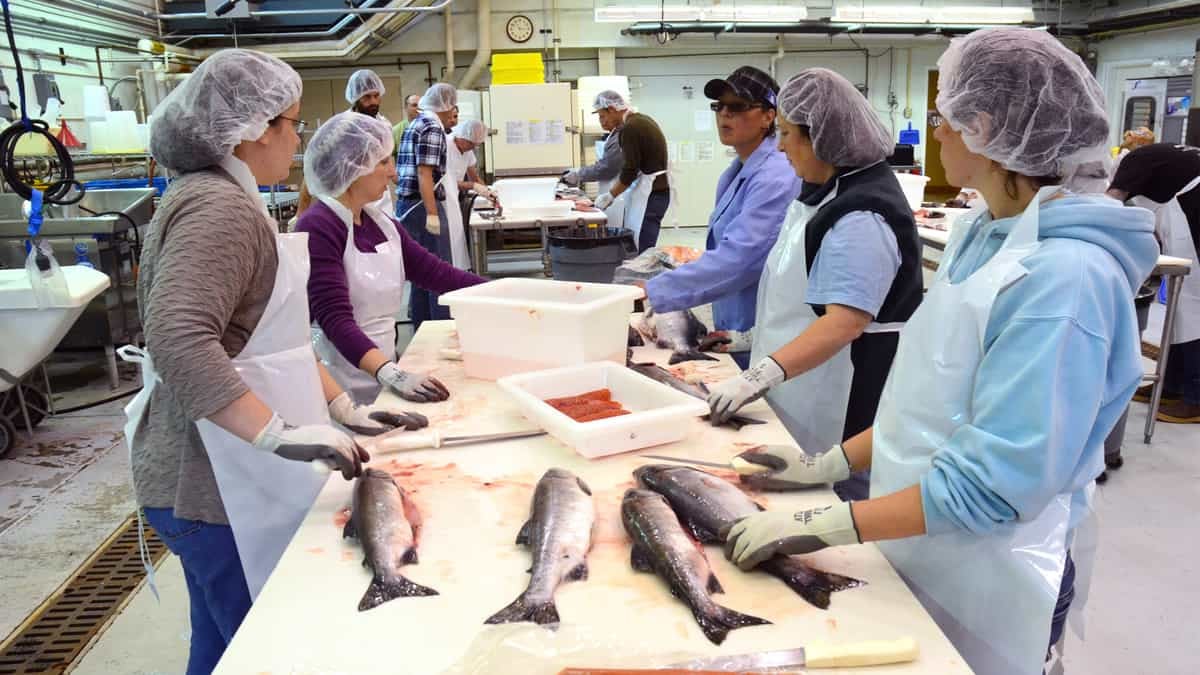
(Photo: Flickr/James Brooks)
Alaska is the nation’s leader in seafood by both value and volume. On a value basis Alaska exports about two-thirds of its catch. This annual export flow weighs about 2 billion pounds. Ocean carriers such as Matson use its Jones Act vessels to handle domestic transport to the Port of Tacoma. For international shipments, carriers such as Maersk operate out of Dutch Harbor, Alaska, which is the nation’s largest commercial fishing port.
The logistical planning for transporting Alaska salmon is particularly intricate. The season runs from mid-May through August and there is no way to know what the volume will be since so many external factors affect annual salmon runs. Commercial fishermen, seafood processors and carriers must work closely. Appropriate capacity must be set aside for the intermodal operation that ships the seafood from Alaska’s waters to restaurants and grocery stores across the country.
Despite recent trade tensions, China is still Alaska’s largest foreign market for seafood. China’s retaliatory trade tariffs of between 30 and 40% on Alaska seafood have not choked off this market. In fact, China’s consumption of Alaska seafood has only dropped about 10% by value. Of course, any Alaska seafood exported for processing in China is subject to U.S. trade tariffs when shipped back to the United States. The value-add process means the seafood becomes a different product under the Harmonized Tariff Schedule of the United States (HTSUS). Ironically, Alaska seafood is more expensive for Americans because China is so cost-effective at seafood processing. The convoluted supply chain and the unintended consequences of trade tariffs are a great case study in the collateral damage that trade wars can cause.
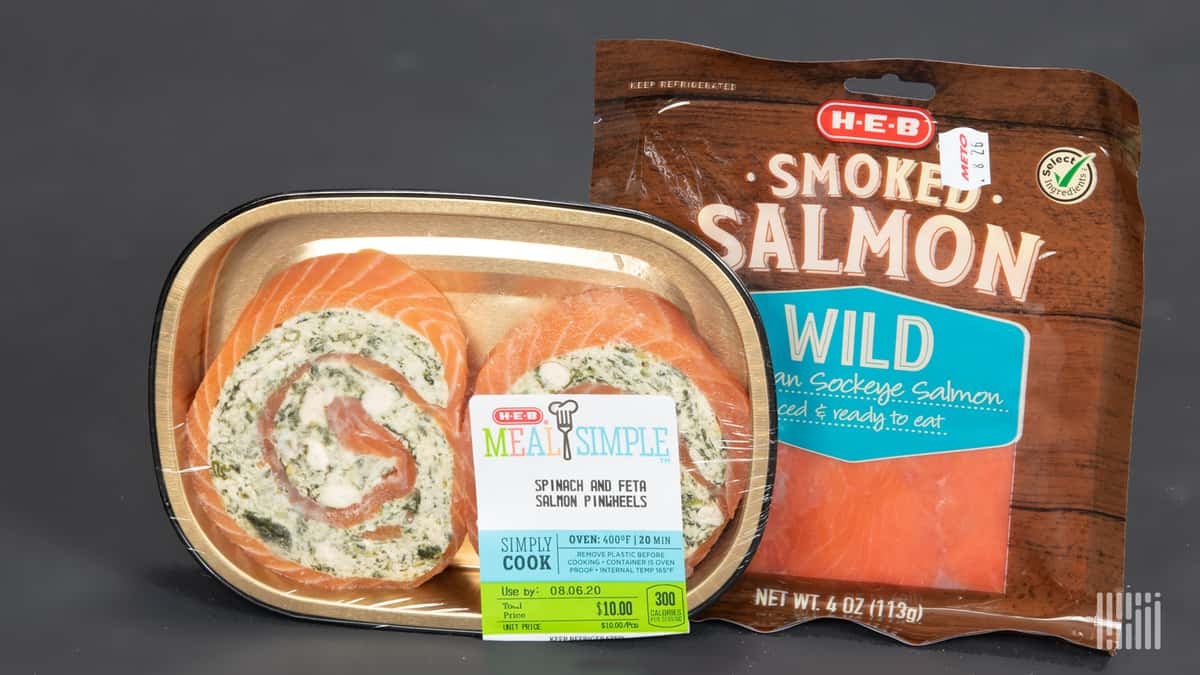
(Photo: Jim Allen/FreightWaves)
When it comes to getting Alaska seafood to market the preferred method is to freeze the whole fish, though initial processing could involve heading-and-gutting. This is typical for salmon and cod. Of course, some secondary processing, like filleting, may be done in Alaska but most often that is done by workers in China. Secondary processing of pollock in Alaska is a more common activity. The product is made into fillets or surimi (i.e., fish paste).
Since freshness is positively correlated with price, commercial fishermen in Alaska are incentivized by the seafood processors to put their catch on ice as soon as it is pulled onto the boat. This means installing refrigeration units in the vessels’ holds.
Like much of the food processing industry, seafood processing keeps workers in close quarters wielding knives or using machinery while standing on wet and sticky floors breathing processed air. Along the seafood supply chain, workers are paid a premium when they possess the skills of a speedy artisan.
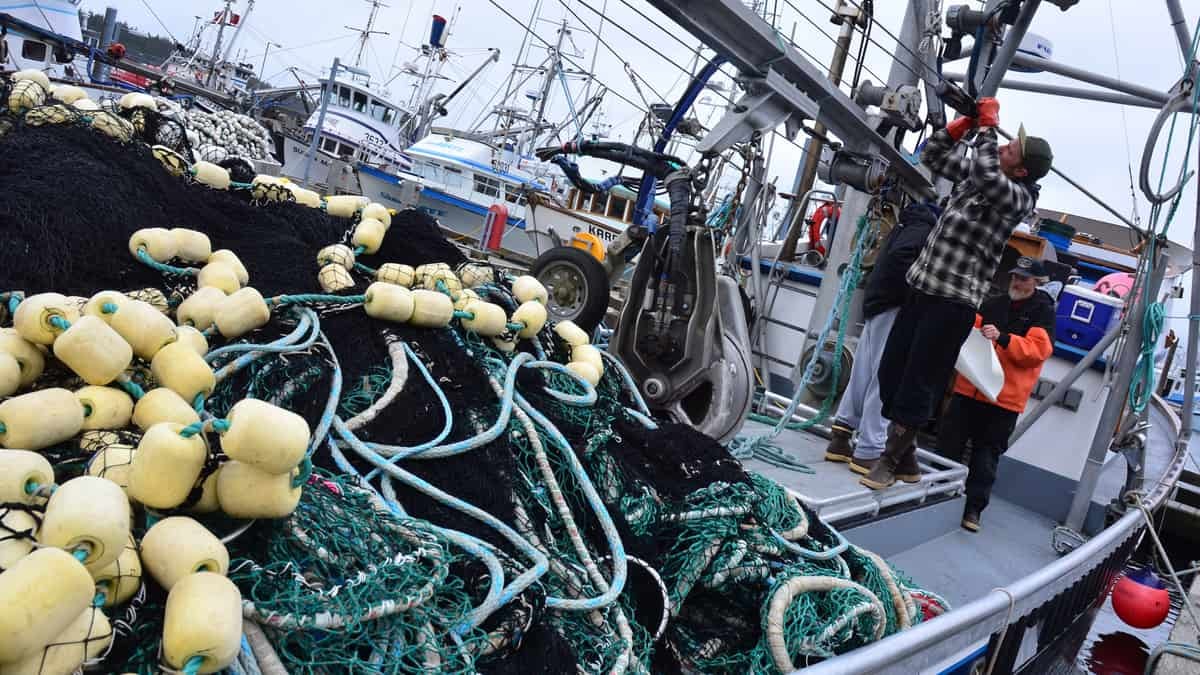
(Photo: Flickr/James Brooks)
Air transport accounts for only about 5% of Alaskan seafood exports by value. Yet, the highest premium is paid for chilled (rather than frozen) Alaskan seafood. Alaska Airlines makes the most of this market by touting the transport of Alaska’s famous Copper River king salmon from Cordova to Seattle. This specialized supply chain strives for a 24-hour time-period from catching the salmon to getting it to chefs throughout the rest of the United States. The airline also transports halibut, cod and shellfish.
Alaska Airlines, in effect, runs a trunk-line service from Alaska southward along the West Coast. Major inland cities are reached via the airline’s hub at Seattle-Tacoma International Airport. The airline’s high-value seafood run gives it a unique method of filling the cargo backhaul – which is always a challenge in Alaska transportation. Product tracking and temperature-controlled containers help to maintain a consistently high level of quality.
Of course, Alaska’s seafood industry has been affected by the mandates put in place to combat COVID-19. Due to the pandemic, the mandated closure of many fine-dining restaurants has lowered the demand for large-size or specialty cuts of fish.
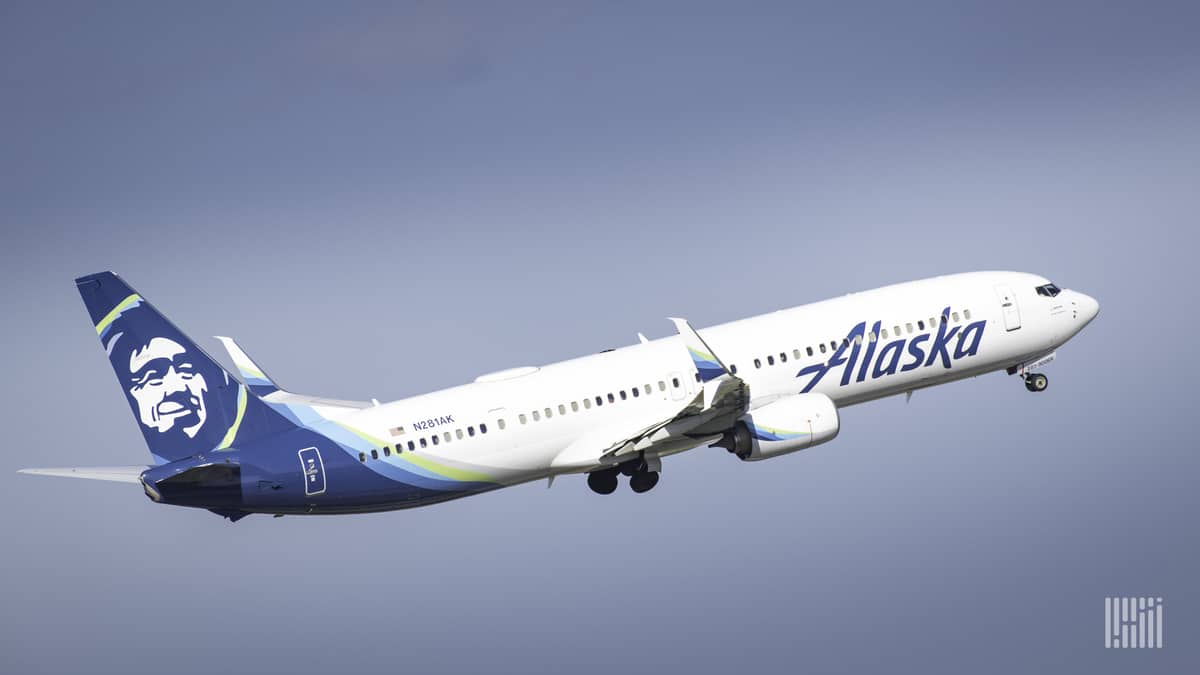
(Photo: Jim Allen/FreightWaves)
But it goes beyond the impact at the restaurant level. Seasonal fishermen from out-of-state, like anyone else travelling to Alaska, must quarantine for 14 days and be asymptomatic afterward. Only negative test results before arrival can shorten the timeline to quarantine. Many individuals from small Alaska communities routinely come into contact with commercial fishermen and workers from processing plants. Limited healthcare facilities and transportation infrastructure in these communities make it imperative to control interactions with the roughly 10,000 people from Alaska and beyond who work in the state’s seafood industry during the summer. Over 200 workers have tested positive for COVID-19 so far this season. These cases have been concentrated in the fishing towns of Cordova, Juneau, Seward and Whittier.
Extra precautions such as requiring out-of-state workers to remain on their vessels or on company property at the processing plants have helped to some degree. Of course, any workers who are Alaska residents are free to leave but risk causing an outbreak on a vessel or plant due to their outside exposure.
Alaska’s commercial fishing season is always full of surprises. The size of the catch, fluctuating market prices and now COVID-19 testing and contact tracing are a mix of variables sure to make the 2020 season one of the most memorable.
Click here to see other commentaries by Darren Prokop on American Shipper and FreightWaves.
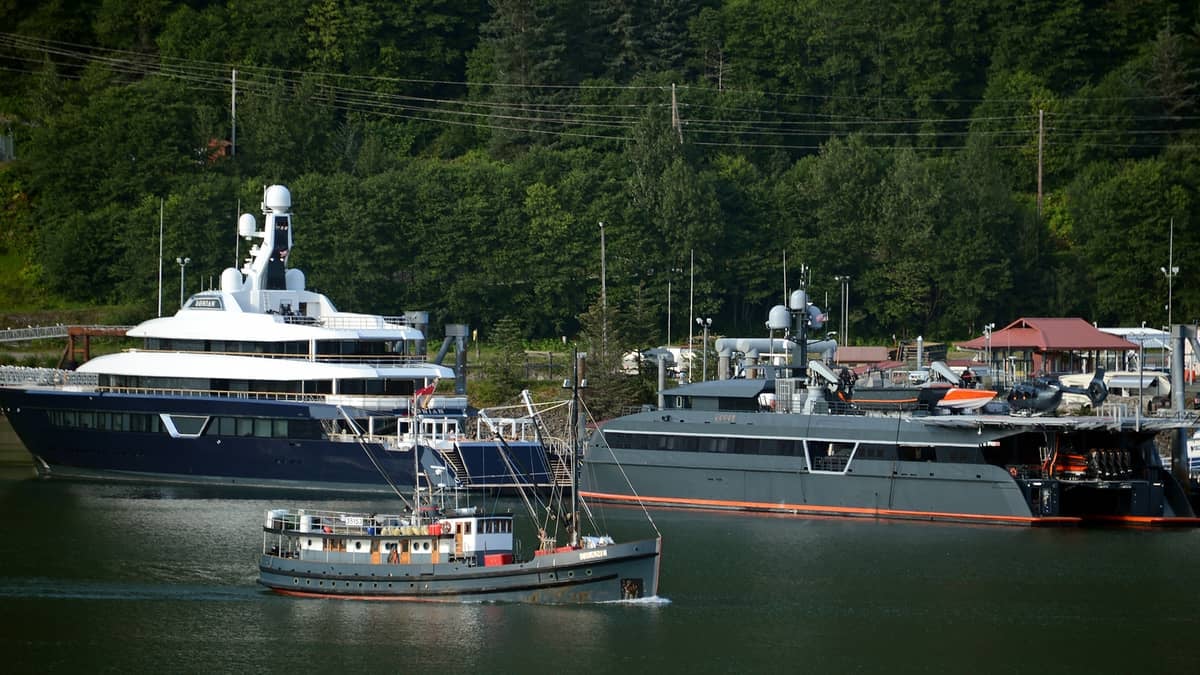
(Photo: Flickr/Jim Brooks)












Health insurance plan
Excellent Post and amazing Information have been shared.
Anvi
Excellent
Bestinsurancepolicy
Lovely Post.
Paul
Excellent Post and amazing blog have been shared.
Stock Market Broker
Nice as well as Informative article
Ray H.
Hi, call me on my cell or text me, thanks, 213-634-3050